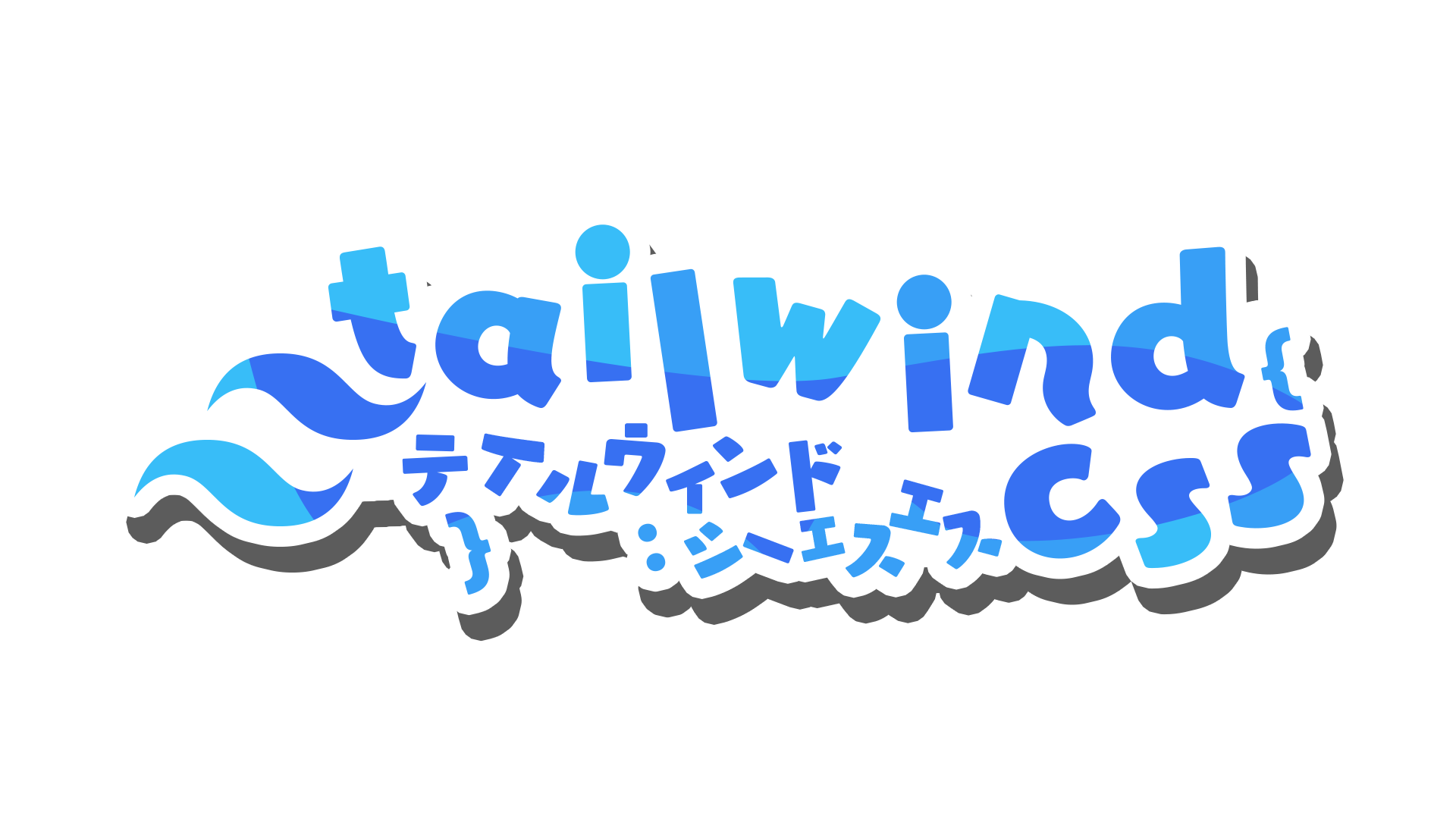+
+
+
+
Why Tailwind CSS is My Go-To for Team Projects
As a web developer, I've tried various CSS frameworks, but Tailwind CSS stands out, especially for team projects. Here’s why Tailwind has become my favorite tool and how it can improve your team’s workflow.

What is Tailwind CSS?
Tailwind CSS is a utility-first framework that provides a set of classes to build custom designs directly in your HTML. Unlike traditional frameworks, Tailwind doesn’t come with pre-designed components, offering more flexibility and control.
Why I Prefer Tailwind CSS for Teams
Consistency and Standardization
Dealing with inconsistent design values is a common challenge. Designers often create their own systems for padding, margins, and other styles. Tailwind standardizes these values across the project, reducing the need to override or create new styles.
<!-- Standardized padding and margin -->
<div class="p-4 m-2 bg-gray-200">
<h1 class="text-xl font-bold">Tailwind Example</h1>
<p class="mt-2 text-gray-700">Standard margin and padding</p>
</div>
Ease of Maintenance
Tailwind's utility classes are embedded directly in the HTML, making the code more readable and maintainable. This approach reduces the need for custom CSS, preventing bloated stylesheets.
<!-- No custom CSS needed -->
<button class="bg-blue-500 hover:bg-blue-700 text-white py-2 px-4"> Button </button>
Rapid Prototyping
Tailwind’s utility classes allow for quick design iterations. You can prototype designs rapidly, see immediate results, and make adjustments on the fly, which is crucial in team settings where quick feedback is essential.
<!-- Rapid prototyping -->
<div class="max-w-sm rounded overflow-hidden shadow-lg">
<img class="w-full" src="/img/card-top.jpg" alt="Image" />
<div class="px-6 py-4">
<div class="font-bold text-xl mb-2">Title</div>
<p class="text-gray-700 text-base">Description</p>
</div>
</div>
Seamless Collaboration
Tailwind fosters better collaboration between developers and designers. Designers can tweak UI elements directly within the HTML, streamlining the development process and improving communication.
Reusability
Tailwind makes it easy to reuse code across different projects. The standardized utility classes mean that you can copy and paste components between projects without style conflicts, speeding up development and ensuring consistency.
<!-- Reusable component -->
<div class="bg-white shadow-md rounded px-8 pt-6 pb-8 mb-4">
<div class="mb-4">
<label class="block text-gray-700 text-sm font-bold mb-2"> Username </label>
<input class="shadow appearance-none border rounded w-full py-2 px-3 ..." />
</div>
</div>
Addressing Common Complaints
“Tailwind Makes the HTML Messy”
Some say Tailwind's utility classes make HTML messy. In reality, by keeping styles close to the elements they affect, Tailwind reduces the need for complex CSS files. Using the @apply directive can keep your HTML cleaner.
<!-- Using @apply directive for cleaner HTML -->
<style>
.btn-primary {
@apply bg-blue-500 hover:bg-blue-700 text-white py-2 px-4 rounded;
}
</style>
<button class="btn-primary">Button</button>
“Utility Classes are Hard to Remember”
While there is a learning curve, Tailwind’s naming conventions are logical and consistent. The productivity gains and consistency they bring far outweigh the initial learning phase.
“Tailwind’s File Size is Too Large”
Tailwind’s built-in PurgeCSS tool removes unused styles, significantly reducing the final file size and ensuring optimal performance.
// tailwind.config.js
module.exports = {
purge: ['./src/**/*.{js,jsx,ts,tsx}', './public/index.html'],
theme: {
extend: {},
},
variants: {},
plugins: [],
};
Personal Experience
Switching to Tailwind CSS has been transformative. The utility-first approach took some getting used to, but it has simplified my workflow and allowed me to focus more on functionality. In team projects, Tailwind has made collaboration smoother and more efficient, reducing friction and making it easier for everyone to contribute.
Conclusion
Tailwind CSS has revolutionized my approach to web development, especially in team settings. Its consistency, ease of maintenance, rapid prototyping capabilities, seamless collaboration, and reusability make it an invaluable tool. If you’re looking to streamline your team’s workflow, I highly recommend giving Tailwind CSS a try.
Feel free to share your thoughts or ask questions in the comments. Happy coding!